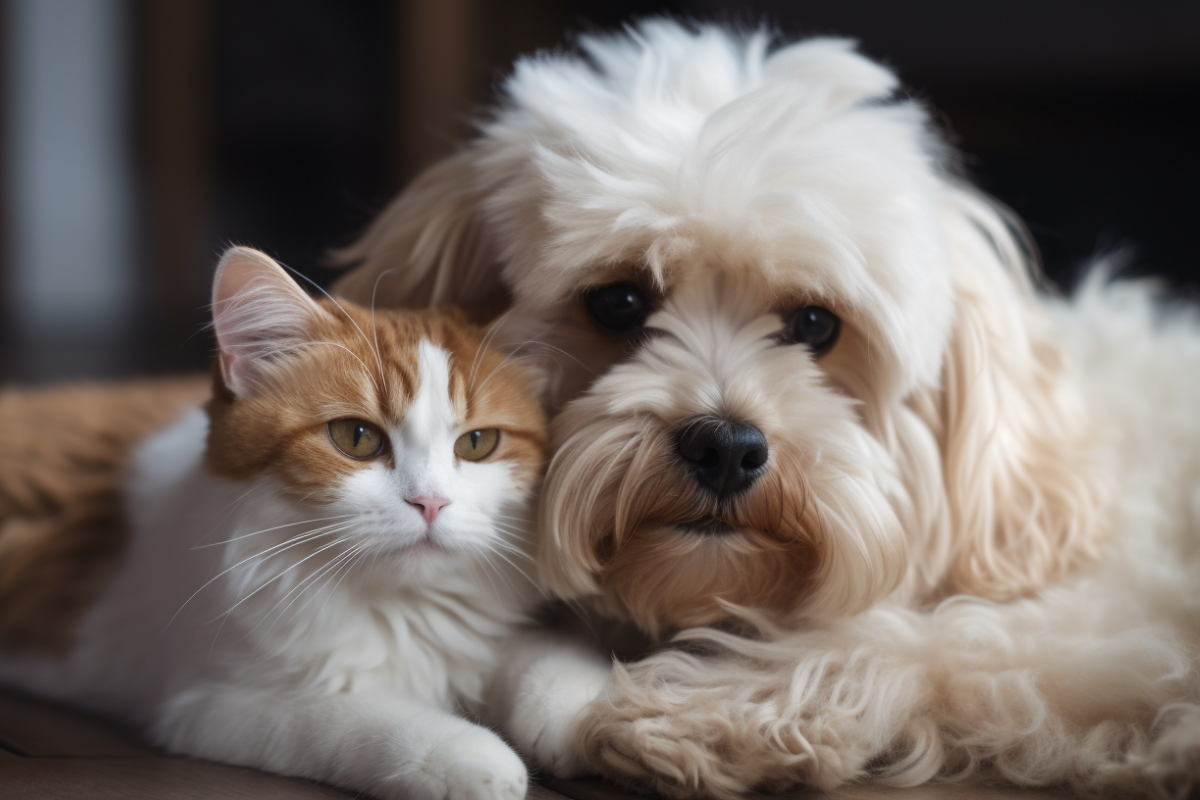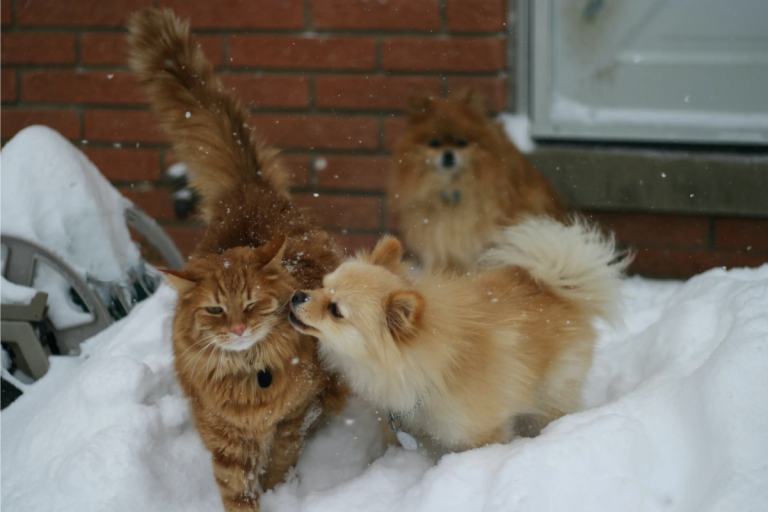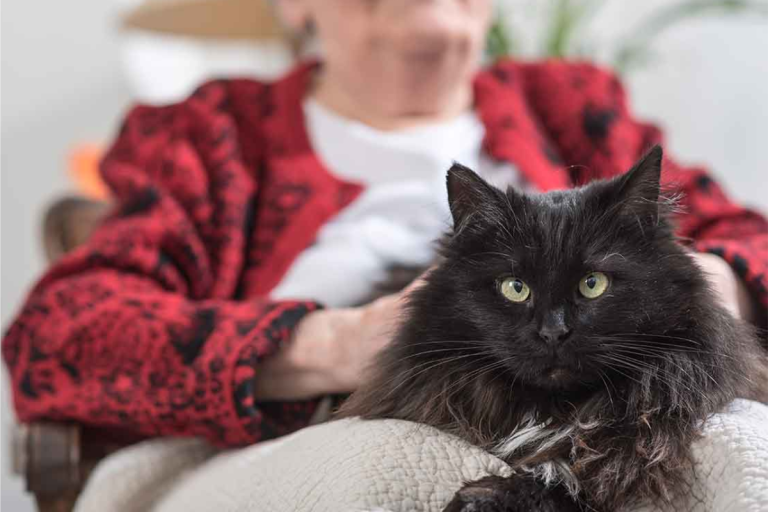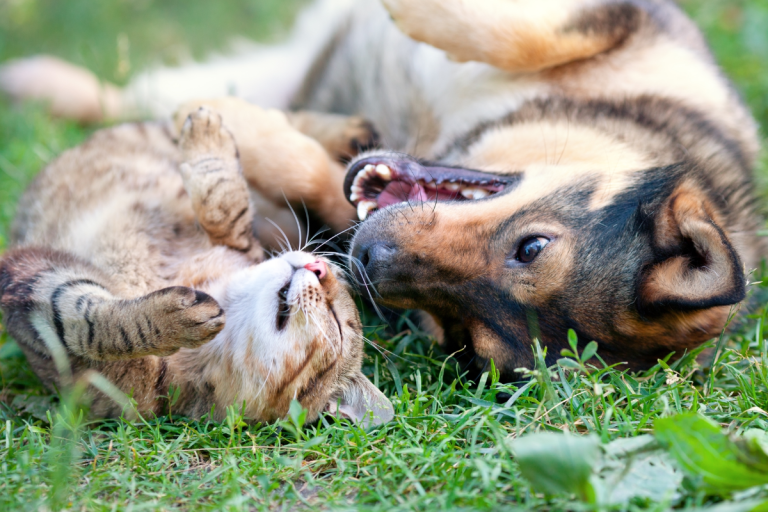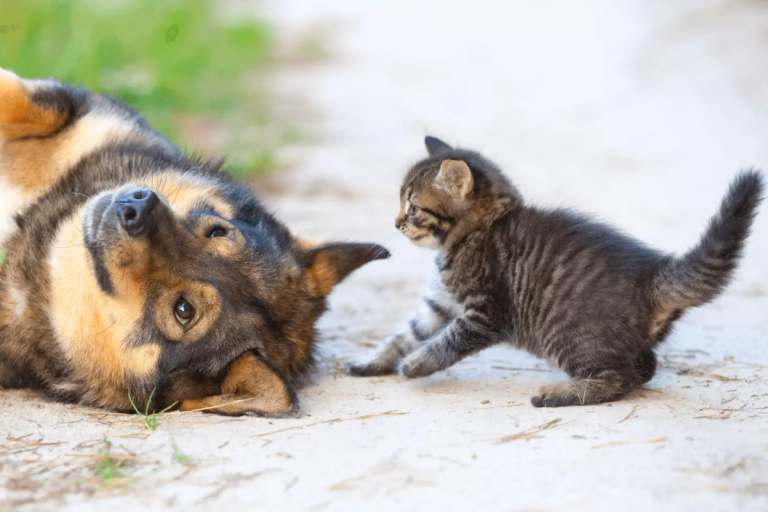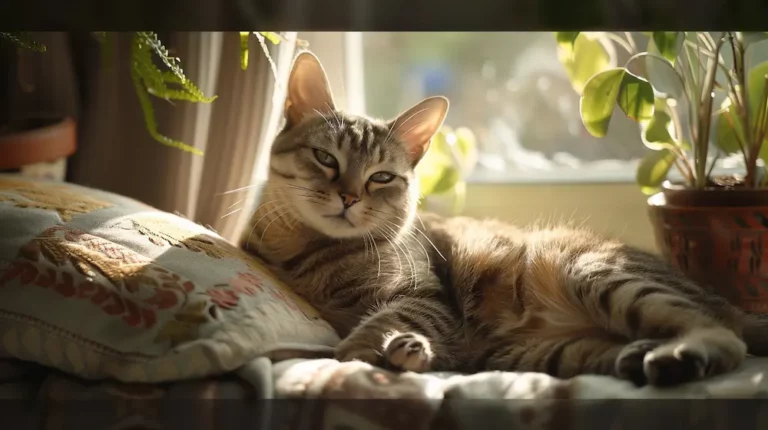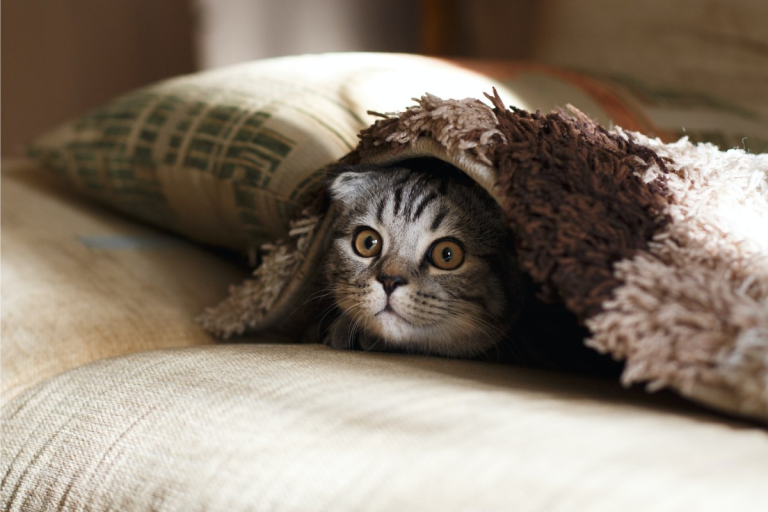How to Foster a Friendship Between Your Cat and Dog
Fostering a friendship between your
This article will guide you through the process of building a friendship between your feline and canine companions.
Understanding the Dynamics
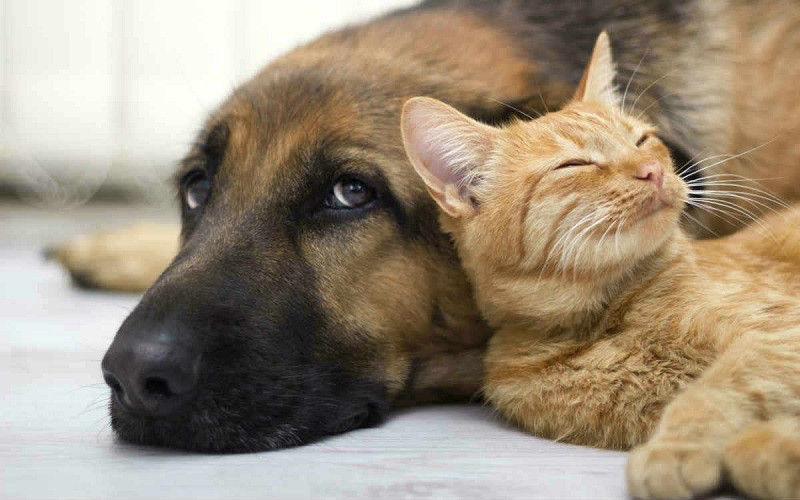
To successfully foster a friendship, it’s crucial to understand the unique dynamics of both cats and dogs.
Behavioral Differences
Cats and dogs are wired differently, which can affect how they interact with each other. Dogs are natural pack animals, craving companionship and structure, while cats are often solitary hunters, preferring independence. This fundamental difference can lead to misunderstandings. For instance, a dog might see a
Additionally, their communication styles vary significantly. Dogs bark, wag their tails, and exhibit excitement openly, whereas cats express their feelings through subtle body language, like flicking their tails or purring. Recognizing these differences is key to bridging the gap between your pets.
Common Misconceptions
Many people believe that cats and dogs will always be enemies. This misconception is often perpetuated by media portrayals, leading to a fear that they’ll never get along. However, countless examples exist of cats and dogs sharing a loving bond, proving that friendships across species are not only possible but also incredibly rewarding.
Preparing for a Successful Introduction
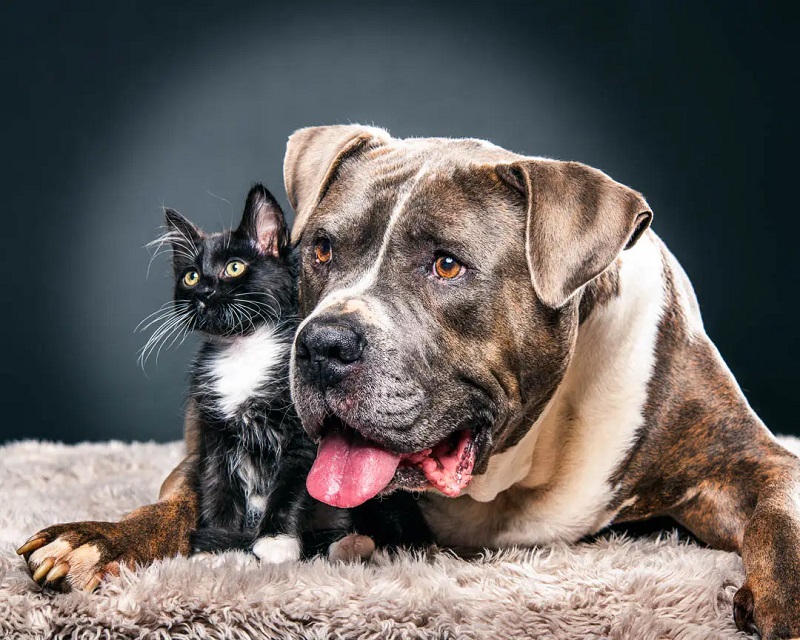
Before introducing your pets, preparation is essential to set the stage for a successful friendship.
Assessing Your Pets’ Personalities
Start by evaluating the personalities of your
Creating a Safe Space
Next, establish a safe and comfortable environment for both pets. Make sure your
The Introduction Process
The introduction process is crucial in determining whether your
Initial Introductions
When it’s time for the first introduction, go slow! Start by allowing them to sniff each other’s belongings, such as blankets or toys. This can help them get used to each other’s scents without the pressure of face-to-face contact. Once they seem comfortable with the scents, try a supervised introduction in a controlled environment, keeping your dog on a leash.
Supervised Interactions
During initial interactions, monitor their body language closely. Look for signs of discomfort, such as a
Building a Lasting Friendship
Once they’ve met, it’s time to focus on strengthening their bond.
Positive Reinforcement
Use positive reinforcement to encourage good behavior. Whenever your
Shared Activities
Engage both pets in activities that promote bonding. Consider playing fetch with your dog while allowing your
Dealing with Conflicts
Even in the best of friendships, conflicts can arise. Being prepared to manage these situations is crucial.
Identifying Signs of Stress
Pay attention to any signs of stress in your pets. If you notice your dog barking excessively or your
Conflict Resolution Strategies
If conflicts occur, remain calm and redirect their attention. You might use toys or treats to distract them and separate them until they’re ready to try again. Remember, it’s all about patience and consistency. Building a friendship takes time, but with the right strategies, your
Conclusion
Fostering a friendship between your
FAQs
1. How long does it take for a cat and dog to become friends?
Every pet is different, so the timeline can vary. Some may become friends within a few weeks, while others might take months. Patience is key!
2. What should I do if my dog is aggressive towards my cat ?
If your dog displays aggression, it’s crucial to seek professional help from a trainer or behaviorist. They can provide tailored strategies to manage the behavior.
3. Can older pets still learn to get along?
Absolutely! While it may take longer for older pets to adjust, many can learn to coexist peacefully with patience and proper training.
4. Should I let my pets resolve their conflicts on their own?
It’s best to intervene if conflicts arise. Allowing them to resolve issues without guidance can lead to stress or injury.
5. How can I tell if my pets are getting along?
Signs of a positive relationship include playing together, grooming each other, and resting in close proximity. If they’re comfortable and relaxed around each other, that’s a great sign!
